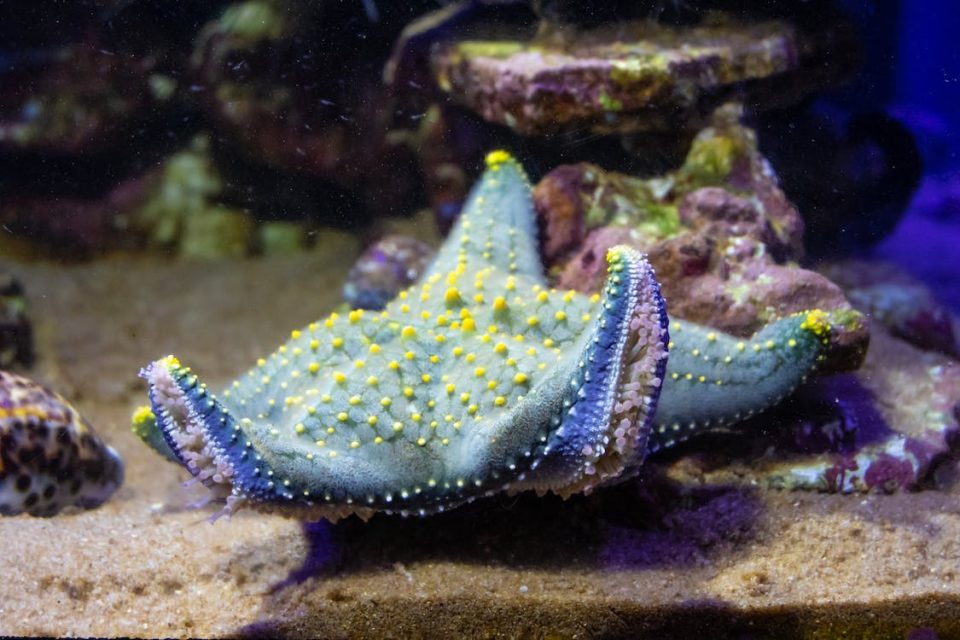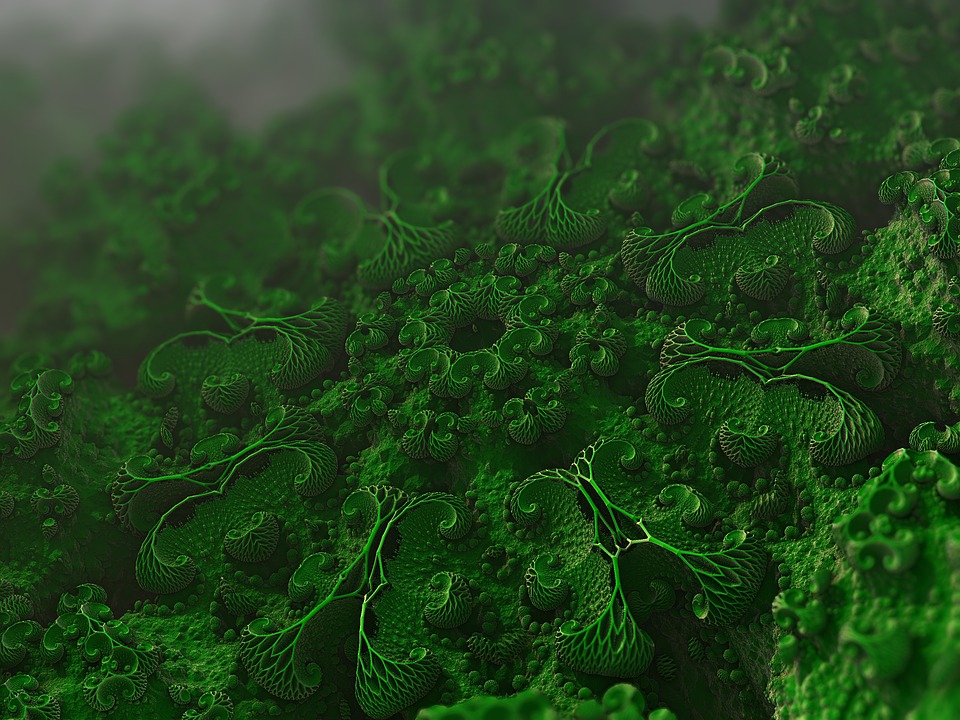
Birthmarks are a common phenomenon in newborns, and they appear as colored patches or blemishes on the skin that are present at birth or appear soon afterward. There are several types of birthmarks, each with its characteristics and causes. Some birthmarks are harmless, while others may require medical attention. In this article, we will explore the different types of birthmarks and the underlying medical conditions associated with them.
Types of Birthmarks:
There are two main types of birthmarks, vascular and pigmented birthmarks.
Vascular Birthmarks:
Vascular birthmarks are caused by abnormal blood vessels under the skin. They are generally red, pink, or purple in color and appear as flat or raised patches on the skin. There are three main types of vascular birthmarks:
a) Strawberry Hemangiomas:
Strawberry hemangiomas are the most common type of vascular birthmark. They are raised, bright red patches that usually appear on the face, scalp, or neck. They can grow rapidly during the first few months of life and then start to shrink and fade by the age of 5 to 10.
b) Port-Wine Stains:
Port-wine stains are flat, pink or red patches that can appear anywhere on the body but are most commonly found on the face. They do not fade over time and can become darker and thicker as a person ages. Port-wine stains are caused by a malformation of the capillaries in the affected area.
c) Venous Malformations:
Venous malformations are caused by abnormal veins and appear as blue or purple patches on the skin. They can be deep in the skin and may cause swelling or pain.
Pigmented Birthmarks:
Pigmented birthmarks are caused by an overgrowth of pigment cells in the skin. They are usually brown, black, or gray in color and can appear as flat or raised patches on the skin. There are several types of pigmented birthmarks:
a) Mongolian Spots:
Mongolian spots are blue-gray patches that appear on the lower back or buttocks of infants. They are more common in babies with darker skin and usually fade by the age of 4.
b) Café-au-Lait Spots:
Café-au-lait spots are flat, light brown patches that can appear anywhere on the body. They are usually harmless but can be a sign of an underlying medical condition in some cases.
c) Congenital Melanocytic Nevi:
Congenital melanocytic nevi are brown or black, raised patches that can appear anywhere on the body. They are present at birth and can grow in size as a child grows.
Medical Conditions Associated with Birthmarks:
While most birthmarks are harmless and do not require any medical attention, some birthmarks can be a sign of an underlying medical condition. Here are some of the medical conditions associated with birthmarks:
Neurofibromatosis:
Neurofibromatosis is a genetic disorder that causes tumors to form on nerve tissue. Café-au-lait spots are a common symptom of this disorder, and the more spots a person has, the more likely they are to have the condition.
Sturge-Weber Syndrome:
Sturge-Weber syndrome is a rare disorder that affects the development of blood vessels in the brain. Port-wine stains on the face are a common symptom of this disorder.
Klippel-Trenaunay Syndrome:
Klippel-Trenaunay syndrome is a rare disorder that affects blood vessels and causes overgrowth of bones and soft tissues. This disorder is characterized by venous malformations, port-wine stains, and soft tissue overgrowth.
Von Hippel-Lindau Syndrome:
Von Hippel-Lindau syndrome is a rare genetic disorder that causes the growth of benign and malignant tumors. Hemangioblastomas, which are tumors that develop from blood vessels, can appear on the brain, spinal cord, and retina of the eye in people with this condition.
Beckwith-Wiedemann Syndrome:
Beckwith-Wiedemann syndrome is a rare genetic disorder that causes overgrowth of body parts, including organs and limbs. People with this condition may have congenital melanocytic nevi, as well as other symptoms such as an enlarged tongue, low blood sugar, and an increased risk of developing certain cancers.
Tuberous Sclerosis:
Tuberous sclerosis is a rare genetic disorder that causes benign tumors to grow in various organs of the body, including the brain, heart, and kidneys. Café-au-lait spots, as well as other types of birthmarks, can be present in people with this condition.
Hemangiomas:
While most hemangiomas are harmless and do not require any medical attention, large or rapidly growing hemangiomas can be a sign of an underlying medical condition, such as a liver disorder or a blood disorder.
Conclusion:
In conclusion, while most birthmarks are harmless and do not require any medical attention, some birthmarks can be a sign of an underlying medical condition. It is important to be aware of the different types of birthmarks and the medical conditions associated with them. If you notice any unusual or rapidly growing birthmarks on your child, you should consult a doctor for an evaluation. Early diagnosis and treatment can help manage any underlying medical conditions and prevent potential complications.







